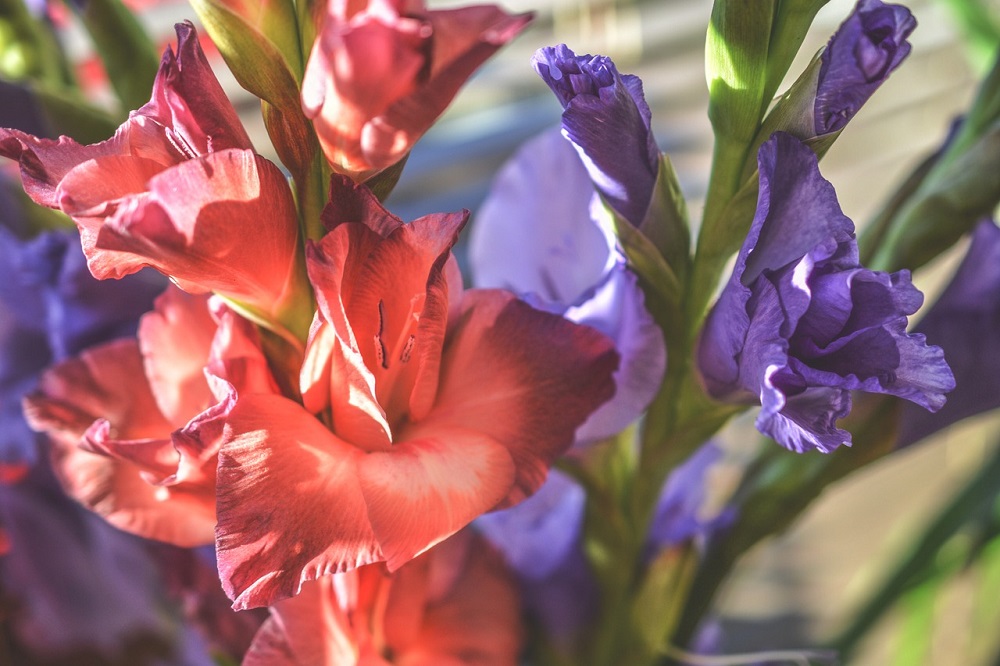
Grow Your Own Potatoes
Whether you’re looking to make crispy, roasted potatoes to go with your Sunday lunch, a fresh potato salad for a sunny BBQs with friends or some homegrown chips for a tasty weekend treat, growing your own potatoes is extremely easy and so rewarding! There’s no surprise that potatoes remain one of the nations favourite vegetables, especially here in Yorkshire. We love a good spud and we know just how rewarding it can be to grown your own food. Our wonderful team have put together some information to help you grow your potatoes from seed to plate so you can grow your own smashing harvest at home!

Chitting
Before you plant your potatoes, it’s important that you chit them first. This process is easy and can be achieved with little to no effort! Simply place your seed potatoes eyes up on a cool, bright windowsill and watch them develop shoots. When the shoots get to 2-3cm long, they are ready to be planted.

Planting
Whether your planting your potatoes in a container, grow bag or straight into the ground, our favourite compost to use is the ‘New Horizons, 50L All Vegetable Compost’. Naturally peat free and containing a base fertilizer which feeds your plants for up to 6 weeks, you can even use the bag itself as a potato planter! Browse our a wide range of seed potatoes in store, there’s plenty to choose from!

Earthing Up
As your plant grows, cover the small shoots with compost leaving the top few inches of the green shoots on show. This process is called ‘earthing up’, you may have to do this frequently as your plant matures. The aim is to ensure your potatoes do not get any direct sunlight – this will cause them to turn green and inedible. The more times you earth up the better!

Harvesting
Don’t be afraid to have a rummage in the soil and see how your potatoes feel. As a general rule of thumb, you should wait until the top of your potato vines and flowers begin dying off, this indicates that the potatoes have finished growing and are ready to be harvested! It’s important to note which variety you have planted before you think about harvesting your potatoes. Here are some general rules…
- First Earlies – harvest from June
- Second Earlies – harvest from July
- Main Crops – harvest from August

Enjoying
Mash them, roast them, fry them or boil them. Potatoes are a very versatile vegetable and can be enjoyed widely by the whole family. It’s so much fun to experiment with a few different varieties. Here are some ideas:
- Désirée – ideal for thinly sliced, crispy fries
- Pentland Javelin – perfect for fluffy new potatoes
- Maris Piper – a classic variety commonly used to make delicious, crispy roasties!
- Charlotte – great for roasting whole and enjoying as a baked potato
Top Tip
Keep an old egg carton and put your potatoes in this whilst they chit. The shape will help keep your potatoes upright, just like an egg!
Just so you know…
A seed potato looks like a small potato rather than a ‘seed’. They’re also known as tubers and, unlike potatoes you can buy in the supermarket, they are not treated with ‘sprout inhibitors’ making them easy to chit and plant out.








